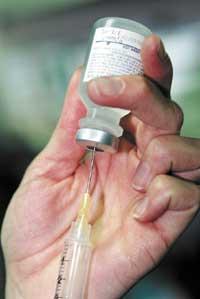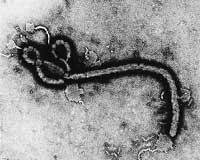Atypical pneumonia: new plague?
2003/04/23 Galarraga Aiestaran, Ana - Elhuyar Zientzia
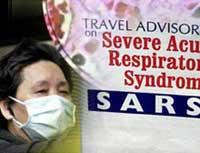
However, it is still early to know whether it is a pest or not. There are about four thousand sick people worldwide and more than two hundred dead. However, the Chinese health authorities and the World Health Organization (WHO) have shown concern about the risk of worsening the situation if we do not know how to stop the disease. At the moment, measures are being taken to prevent the spread of the disease: flights are being controlled, patients are being quarantined, Chinese schools take the temperature twice a day to detect the patient as soon as the first symptoms appear...
In addition to these measures, researchers are working to better understand the causative agent and find ways to deal with it. The first steps have already been taken and WHO announced that the cause of abnormal pneumonia was found on 16 April.
Causative, virus of the family Coronaviridae
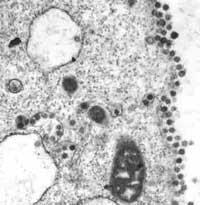
To know the cause of abnormal pneumonia, 13 laboratories have worked together. In the end it seems to be a virus of the family Coronaviridae that until now was not known. They have also managed to completely decode the genome of the virus and it is not very different from the other viruses in the family.
Viruses in this family, seen under an electronic microscope, are crown-shaped. This aspect is provided by glycoproteins found in the virus cover, through one of which the virus is associated with the cell and to which antibodies are associated. Inside they have RNA, they are the viruses that have the most genome of the viruses that have RNA.
The Coronaviridae virus is related to gastric, intestinal and liver diseases in animals, as well as neurological diseases. However, no serious symptoms occur in humans, usually mild respiratory and intestinal infections occur than the flu.
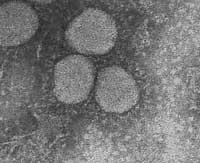
However, this virus that is now known causes much more serious symptoms. Initially there are fever of more than 38º C, headache and muscles, discomfort and sore throat. Between 3 and 7 days later, dry cough and breathing difficulty are felt, decreasing the number of leukocytes and platelets in the blood. In some cases the disease does not progress and in others it is aggravated. Finally,
about 4% of patients die.
Other microorganisms that cause atypical pneumonia are Legionella neumophila and Mycoplasma neumoniae, whose current agents do not produce more severe symptoms or greater proportion of deaths. It is believed that transmission also occurs as in other occasions, that is, it is spread mainly with the droplets that the patient throws when coughing or talking. They also believe it spreads when playing. But much remains to be investigated.
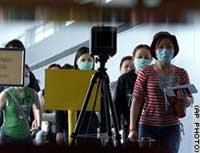
For example, they don't know where the virus came from. The first cases appeared in a Chinese region where monkeys, snakes, rats and many other animal species usually eat, so they believe it was normal in animals and has managed to adapt to humans. It also resembles viruses in the family Coronaviridae of pigs and birds. Others believe that it has emerged from the combination of different viruses and that lately there is great concern because there are researchers who suspect it has a great ability to mutate.
Diagnosis and treatment
Once the agent is identified, researchers have begun to develop methods for detection in potential patients. Keep in mind that all patients with similar symptoms are not necessarily affected by abnormal pneumonia and it is very important to know the real cases.
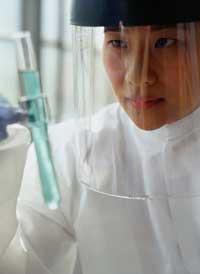
We are working with three diagnostic methods: detection of antivirus antibodies in the blood of patients, using the ELISA test or immunofluorescence; detection of genetic material of the virus, both in the blood and in other tissues (the PCR test); and reception and growth in cellular cultures.
As for remedies, there is still no effective antivirus medication. In some patients, the combination of anti-virus and symptom relief drugs has yielded good results, but there are no specific medications. The possibility of vaccination will also not occur immediately. However, there are experts who are hopeful because research results are being faster than in other diseases. From 17 to 18 June, scientists will meet in Geneva to discuss the issue, there will certainly be more data by then.

Gai honi buruzko eduki gehiago
Elhuyarrek garatutako teknologia




